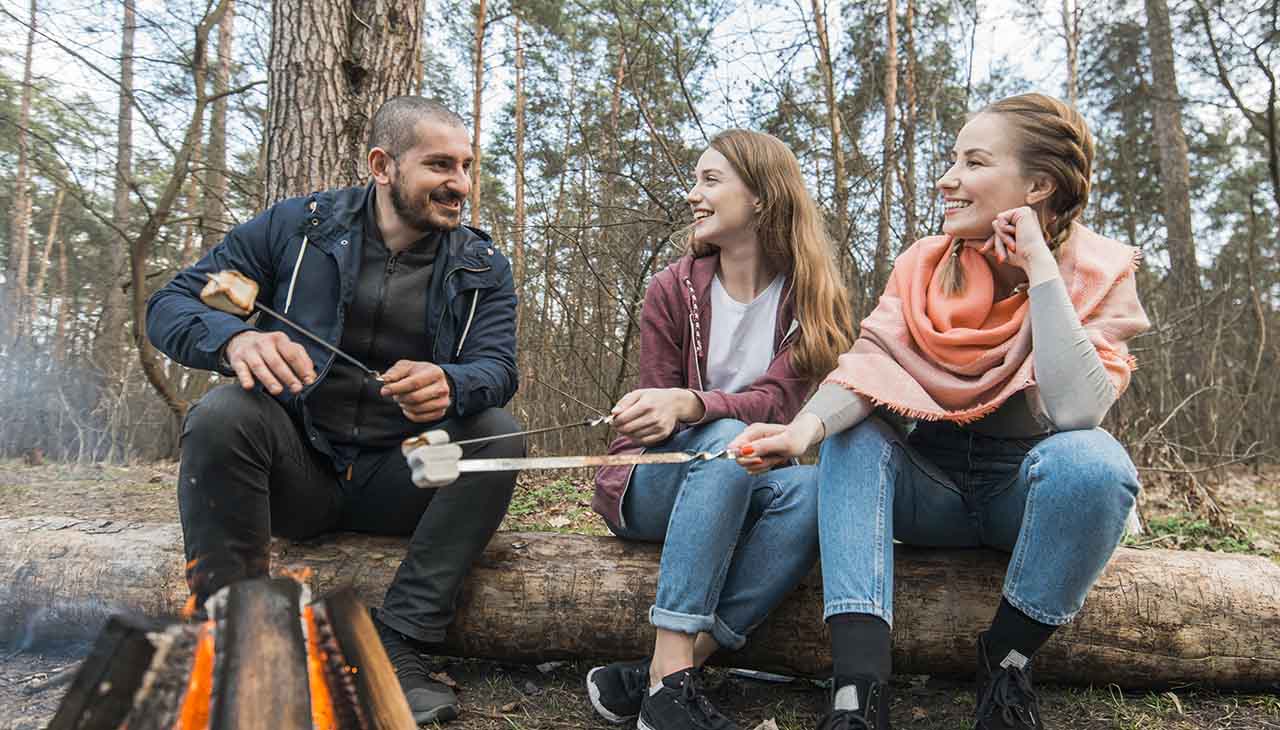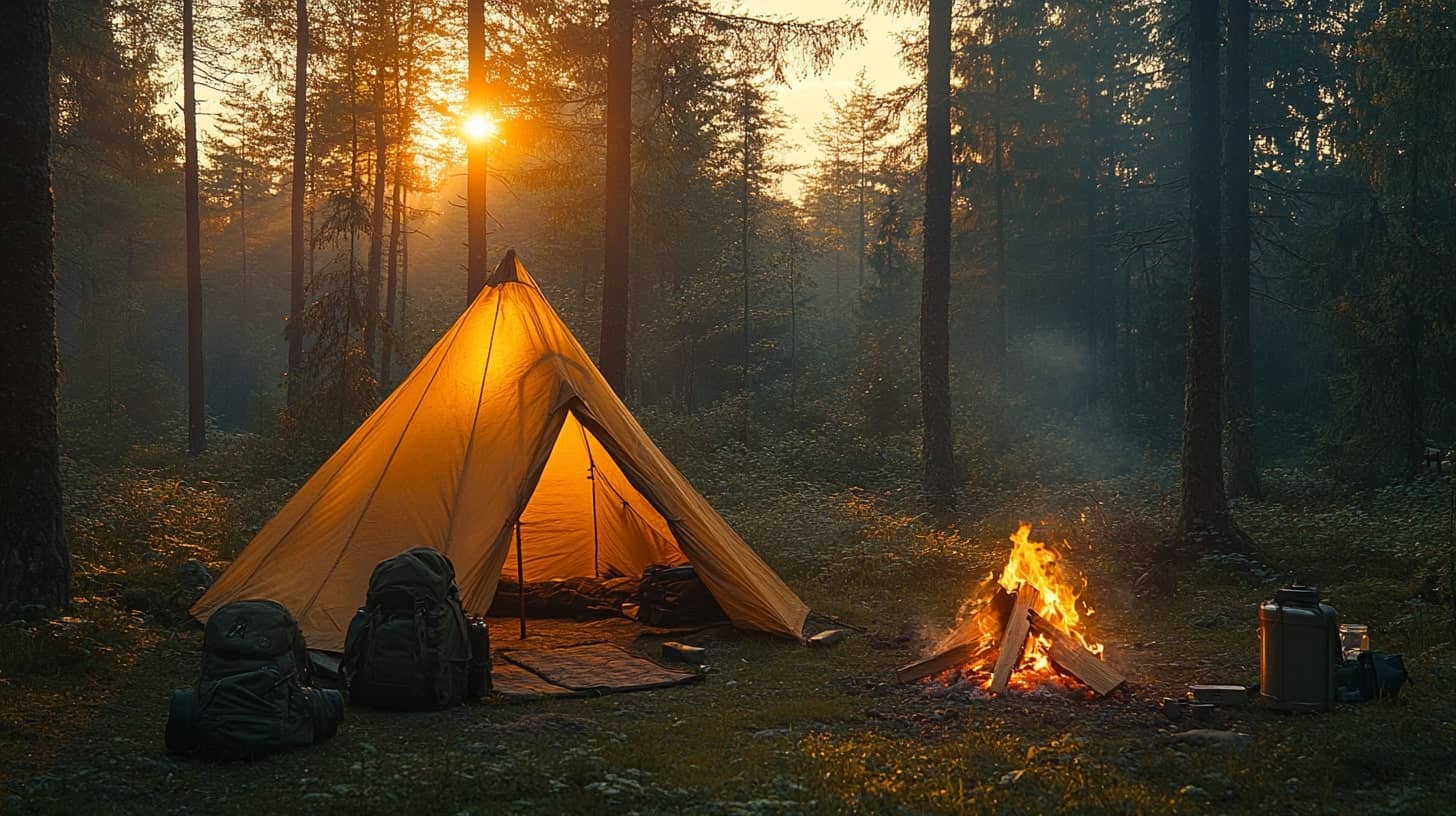Wild plants have nourished humans for millennia, offering a bounty of flavors, nutrients, and medicinal properties. The art of foraging—gathering food from the wild—is experiencing a renaissance among nature enthusiasts, outdoor adventurers, and advocates of sustainable living. But before you venture into the woods with your basket, it’s crucial to understand the principles of safe and sustainable foraging. This blog post will guide you through the top 10 edible wild plants, offering tips on how to safely identify, harvest, and enjoy them.
Introduction to Edible Wild Plants and the Art of Foraging
Foraging is more than just a trend; it’s a way to connect with nature, reduce your carbon footprint, and gain self-sufficiency. Wild plants grow without human intervention, often in nutrient-rich soils, making them a potent source of vitamins and minerals. However, successful foraging requires knowledge, respect for the environment, and a cautious approach to ensure safety.
The Importance of Safety and Sustainability in Foraging Practices
Safety is paramount when foraging. Many wild plants are toxic and can be easily mistaken for their edible counterparts. Always:
- Identify plants with absolute certainty. Use multiple sources of information, including plant identification guides and apps.
- Avoid contaminated areas. Steer clear of plants growing near roads, industrial sites, or polluted waters.
- Practice sustainable foraging. Only take what you need, and never overharvest a single area to ensure the plant population can regenerate.
Top 10 Edible Wild Plants: Description, Health Benefits, and Where to Find Them
Dandelion (Taraxacum officinale)
- Description: Recognizable by its bright yellow flowers and deeply toothed leaves.
- Health Benefits: Rich in vitamins A, C, K, and E, as well as minerals like iron and calcium.
- Where to Find: Common in lawns, meadows, and disturbed soils.
Stinging Nettle (Urtica dioica)
- Description: Heart-shaped leaves with tiny stinging hairs.
- Health Benefits: High in iron, calcium, magnesium, and vitamins A and C.
- Where to Find: Thrives in moist, nitrogen-rich soils.
Chickweed (Stellaria media)
- Description: Small, star-shaped white flowers and smooth leaves.
- Health Benefits: Contains vitamins A, C, D, B6, B12, magnesium, iron, and zinc.
- Where to Find: Grows in gardens, fields, and shady areas.
Wild Garlic (Allium ursinum)
- Description: Broad, lance-shaped leaves and white flower clusters.
- Health Benefits: Antimicrobial properties and rich in vitamins A and C.
- Where to Find: Woodlands and shaded areas.
Purslane (Portulaca oleracea)
- Description: Thick, succulent leaves and yellow flowers.
- Health Benefits: Rich in omega-3 fatty acids, vitamins A, C, and E, and magnesium.
- Where to Find: Common in gardens, sidewalks, and disturbed soils.
Wood Sorrel (Oxalis spp.)
- Description: Heart-shaped leaflets and small yellow or white flowers.
- Health Benefits: High in vitamin C.
- Where to Find: Forests, lawns, and shady areas.
Wild Asparagus (Asparagus officinalis)
- Description: Thin, tall stalks with feathery foliage.
- Health Benefits: Rich in fiber, vitamins A, C, E, and K, and folate.
- Where to Find: Fields, roadsides, and forest edges.
Cattail (Typha spp.)
- Description: Tall, reed-like plant with a brown, sausage-shaped flower spike.
- Health Benefits: Nutrient-dense, providing starches, proteins, and vitamins.
- Where to Find: Wetlands, marshes, and the edges of ponds.
Plantain (Plantago major)
- Description: Broad, oval leaves with parallel veins.
- Health Benefits: Anti-inflammatory properties and high in vitamins A, C, and K.
- Where to Find: Lawns, gardens, and roadsides.
Wild Strawberries (Fragaria vesca)
- Description: Small, sweet red berries with trifoliate leaves.
- Health Benefits: Rich in antioxidants, vitamin C, and fiber.
- Where to Find: Forest edges, meadows, and grassy areas.
How to Safely Identify and Harvest Edible Wild Plants
Correct identification is crucial to safe foraging. Always use a combination of resources—guidebooks, mobile apps, and expert advice—to confirm the plant’s identity. Never consume a plant unless you are 100% sure of its identification. When harvesting:
- Use clean tools and containers. This avoids contamination.
- Harvest responsibly. Take only a small portion of the plant population.
- Avoid overharvesting. Leave enough for wildlife and plant regrowth.
Cooking and Eating Wild: Delicious Recipes and Culinary Tips
Incorporating wild plants into your diet can be both delicious and nutritious. Here are a few recipes to get you started:
Dandelion Greens Salad
- Ingredients: Fresh dandelion greens, olive oil, lemon juice, salt, pepper, and shaved Parmesan.
- Instructions: Toss the dandelion greens with olive oil, lemon juice, salt, and pepper. Top with shaved Parmesan and serve immediately.
Nettles Soup
- Ingredients: Fresh nettles, onion, garlic, potatoes, vegetable broth, cream, salt, and pepper.
- Instructions: Sauté onion and garlic, add potatoes and broth, then simmer. Add nettles and cook until tender. Blend, add cream, season, and serve.
Wild Garlic Pesto
- Ingredients: Fresh wild garlic, olive oil, Parmesan cheese, pine nuts, lemon juice, salt, and pepper.
- Instructions: Blend wild garlic, olive oil, Parmesan, pine nuts, and lemon juice until smooth. Season with salt and pepper. Serve with pasta or as a spread.
Tips for Responsible Foraging and Preserving Wild Plant Populations
Responsible foraging not only ensures your safety but also preserves plant populations for future generations. Consider these tips:
- Respect the environment. Avoid damaging habitats and leave no trace.
- Follow local regulations. Some areas have restrictions on foraging.
- Educate others. Share your knowledge and promote sustainable practices.
Share Your Experience: Community Stories and Insights
We invite you to share your foraging stories and insights. Connecting with a community of like-minded individuals can enhance your foraging experience and provide valuable learning opportunities. Whether you’re a seasoned forager or a beginner, your experiences can inspire and educate others.
Conclusion: Encouraging Safe and Sustainable Foraging
Foraging for wild edible plants is a rewarding and enriching activity that fosters a deeper connection with nature. By prioritizing safety and sustainability, you can enjoy the benefits of wild foods while preserving these precious resources for future generations. So grab your guidebook, head into the wild, and discover the delicious world of foraging!
By following this guide, you’ll be well-equipped to start your foraging journey with confidence. Remember, the key to successful foraging is knowledge, respect, and a sense of adventure. Happy foraging!




